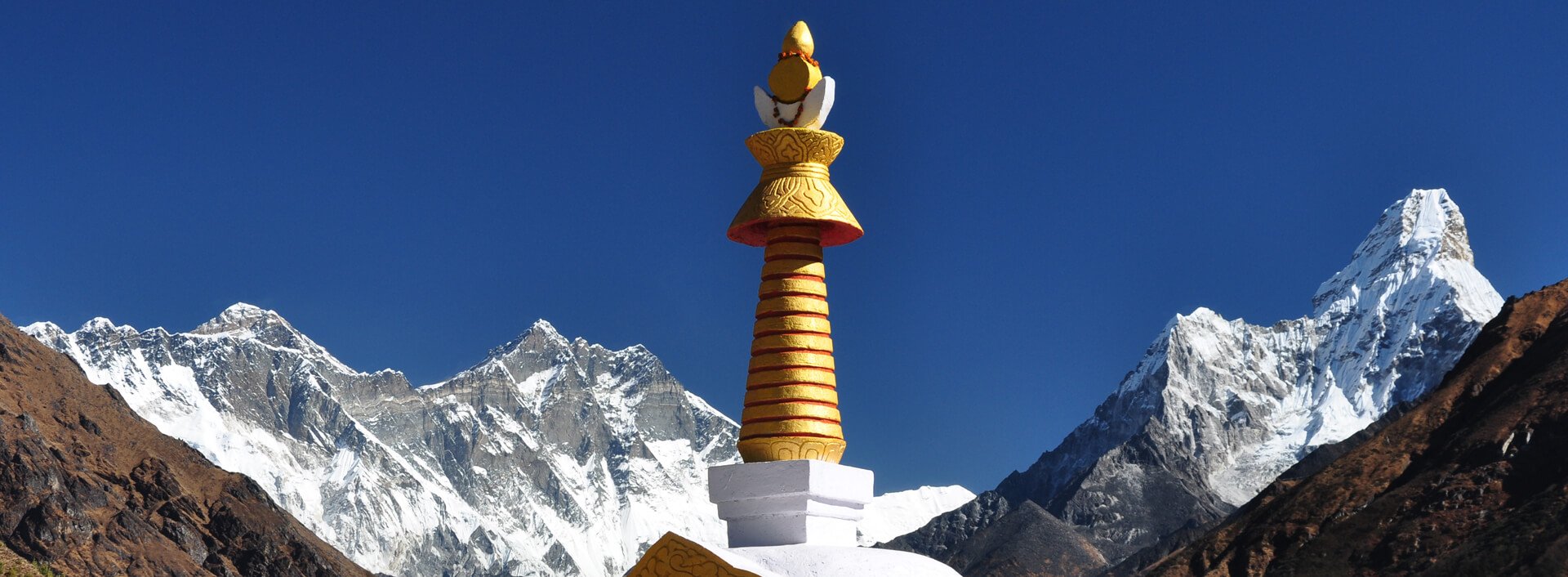Nepal is a landlocked country in South Asia known for its stunning natural beauty, rich cultural heritage, and the towering Himalayan mountains. Here’s an overview of Nepal at a glance:
Geography:
- Located in the Himalayas, Nepal is bordered by China to the north and India to the south, east, and west.
- It’s characterized by diverse topography, including the world’s highest peaks (Mount Everest and others), deep valleys, and lowland Terai plains.
Capital:
- The capital city of Nepal is Kathmandu, which is also its largest city.
Population:
- As of my last knowledge update in 2022, Nepal had a population of approximately 30 million people.
Languages:
- Nepali is the official language and the most widely spoken.
- There is a diversity of languages and dialects spoken throughout the country.
Religions:
- Hinduism is the major religion, followed by Buddhism, Islam, and various other minority faiths.
- Nepal is known for its religious tolerance and the harmonious coexistence of different faiths.
Culture:
- Nepal has a rich cultural heritage with a history of art, architecture, music, and dance.
- The country is famous for its festivals, including Dashain, Tihar, and Indra Jatra, which are celebrated with great enthusiasm.
Tourism:
- Nepal is a popular destination for trekkers and mountaineers, offering world-renowned trekking routes like the Everest Base Camp trek and the Annapurna Circuit.
- Visitors come to explore the Himalayas, enjoy diverse wildlife, and experience the local culture.
Natural Beauty:
- Nepal boasts a stunning landscape that includes the Himalayan mountain range, lush forests, terraced hills, and pristine rivers and lakes.
- It’s home to some of the world’s most iconic peaks, including Mount Everest, the highest point on Earth.
National Parks and Conservation Areas:
- Nepal has numerous national parks and protected areas, such as Chitwan National Park and Sagarmatha National Park, which are designated UNESCO World Heritage Sites.
Economy:
- Agriculture is the backbone of Nepal’s economy, with tourism, remittances, and handicrafts playing significant roles.
- The country is classified as a developing nation with a focus on economic growth and development.
Political Structure:
- Nepal is a federal democratic republic.
- The country underwent a significant political transformation in recent years, transitioning from a monarchy to a republic.
Challenges:
- Nepal faces challenges related to political stability, infrastructure development, poverty alleviation, and disaster risk management, especially given its vulnerability to earthquakes and landslides.
Nepal is a unique and diverse country that appeals to travelers and adventurers seeking natural beauty, cultural experiences, and the opportunity to explore the majestic Himalayas. Its people are known for their warm hospitality and a deep connection to their traditions and the land.

